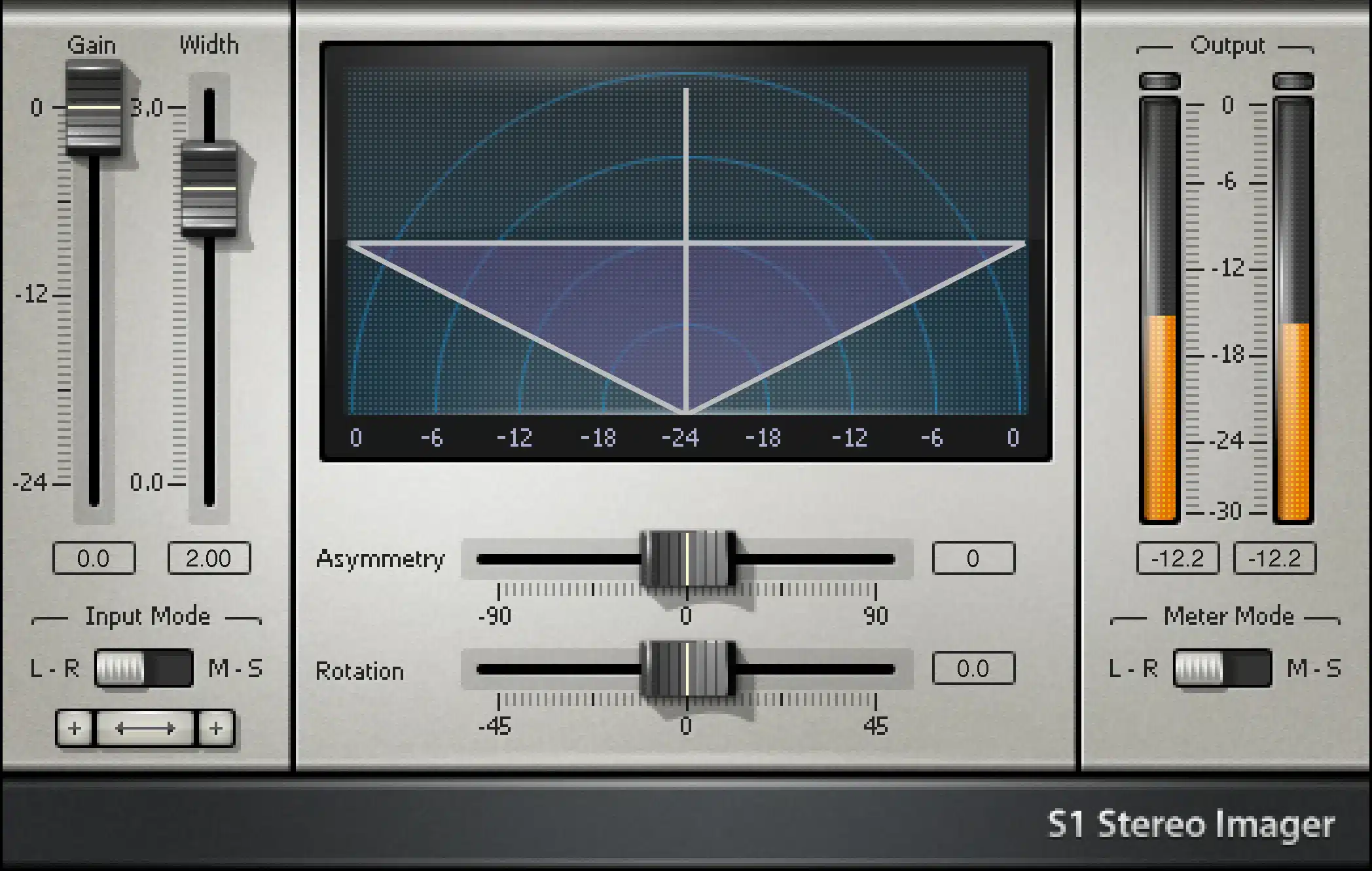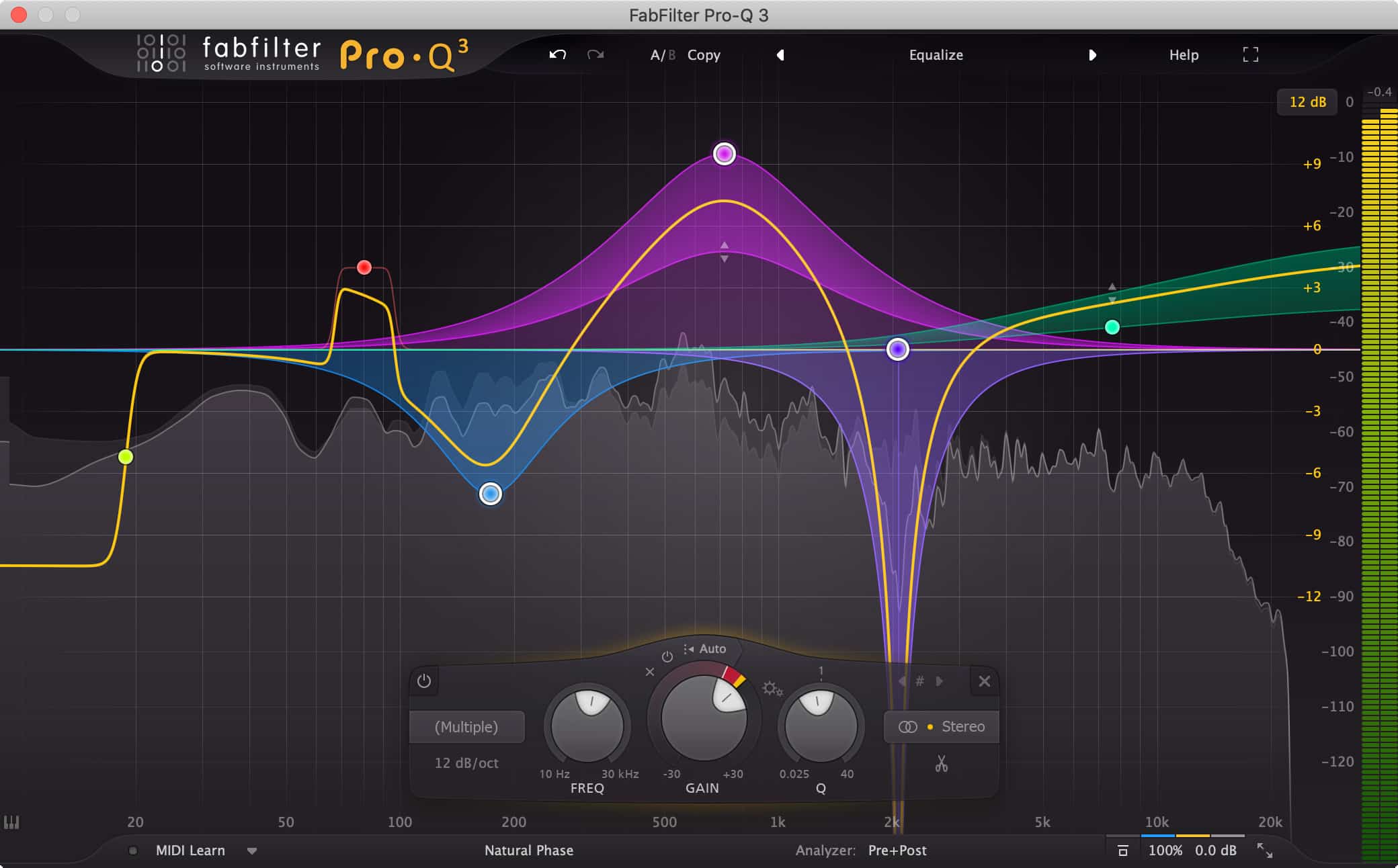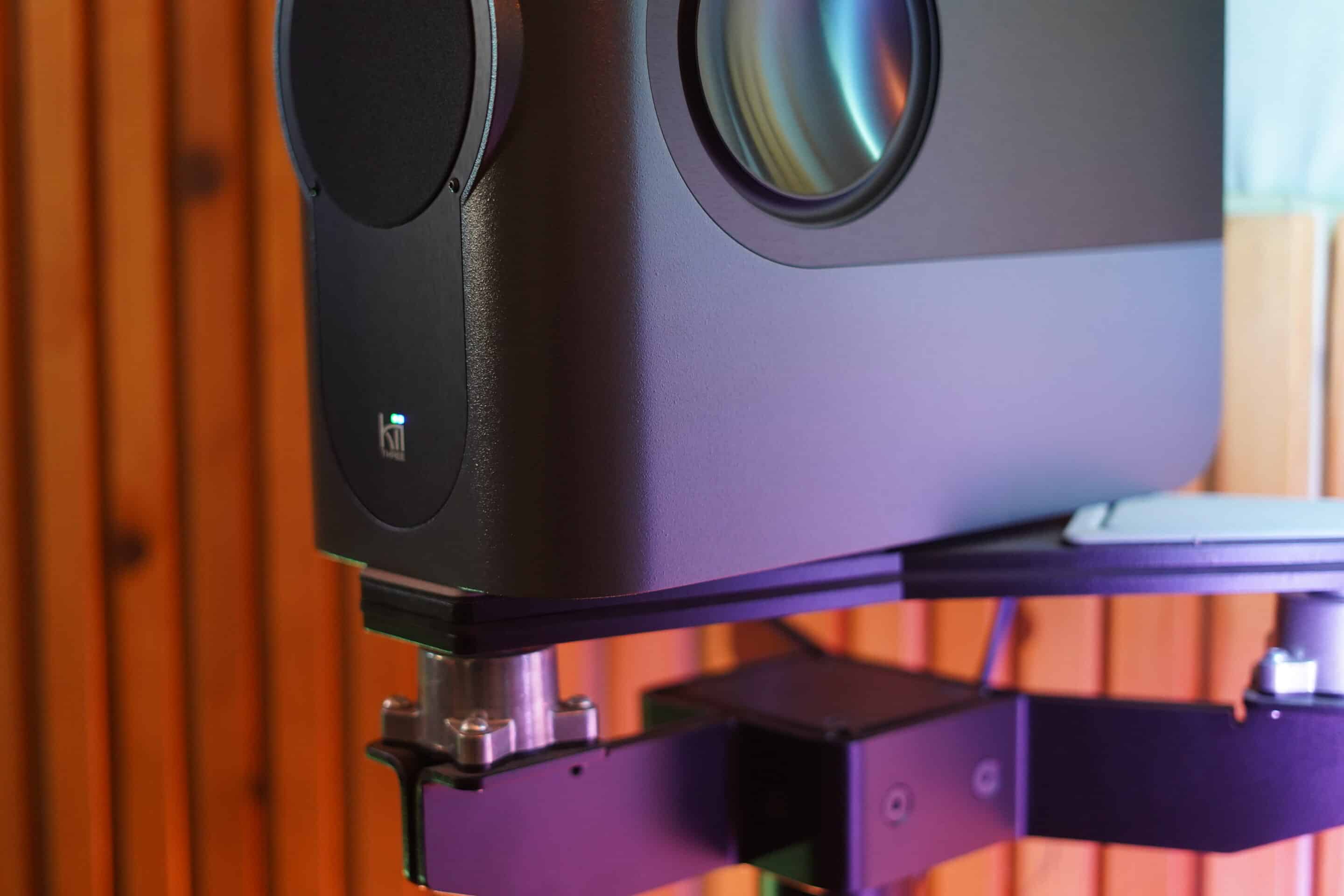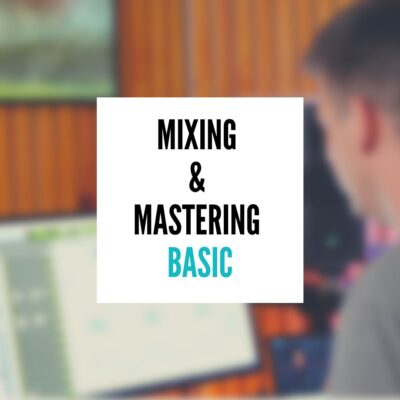Mixing Vocals with Plugin Alliance Plugins: A Step-by-Step Guide
Hey everyone, Matty here! In today’s post, I’m excited to share my experience of mixing vocals with Plugin Alliance plugins. I worked on a song by my friend Tripp Carter titled “Heavyweights,” which is available on all streaming platforms. The challenge was to use a single brand of plugins for the mix, showcasing that you don’t need a vast array of different plugins to achieve a great sound. Let’s get started!
Setting Up
Before beginning the actual mix, I set up some essential effects to speed up the process. I always have my reverbs and delays ready before mixing. For this project, I used a wooden room, a slap delay, a micro pitch doubler effect, and a hall reverb (which is actually a plate reverb). These were achieved using the bx_room for the wooden room effect, a simple 16th note delay for the slap, the Byome (Bio-Me) for the micro pitch, and a large thin plate setting for the hall.
Cleaning Up the Vocals
The first step was to clean up the vocals using the bx_digital V3. I started with a low cut around 100 Hz, which helped remove any muffled sounds. Then, I used a shelf to roll off muddy frequencies, starting from around 800 Hz. This simple adjustment made a significant difference in clarity.
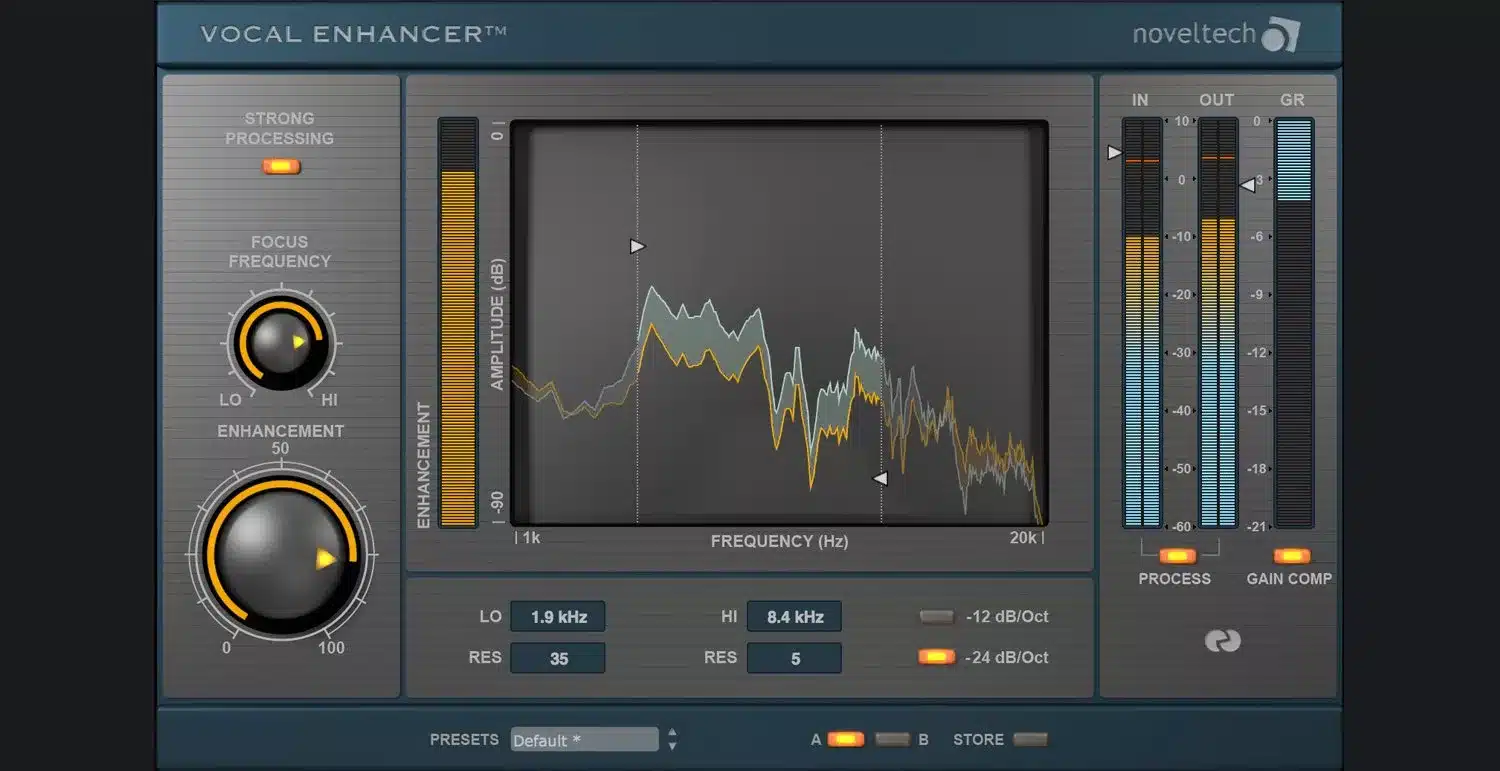
Noveltech Vocal Enhancer
Next, I used the Noveltech Vocal Enhancer. Setting it to a lead vocal and dialing it back slightly, I noticed it added a nice cohesion to the vocal track. This plugin seems to focus on lower frequencies, further cleaning up the sound.
Adding Compression
For compression, I chose the Purple Audio MC77, an emulation of the classic 1176 compressor. I set it to a fast release, a slow attack, and a 4:1 ratio, aiming for about 3 dB of gain reduction. Feel free to compress even more depending on what kind of sound you are going for. This step added a lot of character to the vocals, making them more present and cohesive.
EQ and De-Essing
After compression, I brought in the Bettermaker EQ for some final touches. I love its Pultec-style boost, which adds a nice shine to the vocals. I also used its parametric EQs for any additional tweaks.
A crucial step in vocal mixing is de-essing. For this, I used the 902 De-esser, ensuring that any noise features were turned off. This is a famous hardware de-esser that has been around for years. In fact superstar mixer Manny Marroquin uses it on ever mix. The de-esser effectively tamed any harsh sibilance without affecting the vocal tone.
Adding Effects for Depth and Dimension
I then introduced my pre-set effects. The key here was subtlety; I wanted to add depth and dimension without making the effects too noticeable. The wooden room, slap delay, and micro pitch were adjusted to be just audible enough to enhance the vocal without dominating.
Finally, I added a bit of the plate reverb for a touch of spaciousness. This helped in giving the vocal a more polished and “expensive” sound.
Automating Effects for Dynamics
An important aspect of mixing is dynamic automation. For instance, I automated the plate reverb to turn off during verses and kick in during the pre-chorus and chorus. This technique adds a lift and a sense of progression to the song.
Conclusion
Mixing vocals with a single brand of plugins can be both challenging and rewarding. It forces you to explore new techniques and make the most out of the tools at your disposal. I hope this walkthrough has been helpful. If you’re trying this at home, feel free to watch the video below so you can pause and replicate the settings from the plugins I mentioned.
I’d love to hear about your experiences mixing vocals with PlugIn Alliance plugins in your vocal mixes. Drop a comment below or reach out if you need mixing or mastering services. You can also find my courses and presets at here. Until next time, happy mixing!

